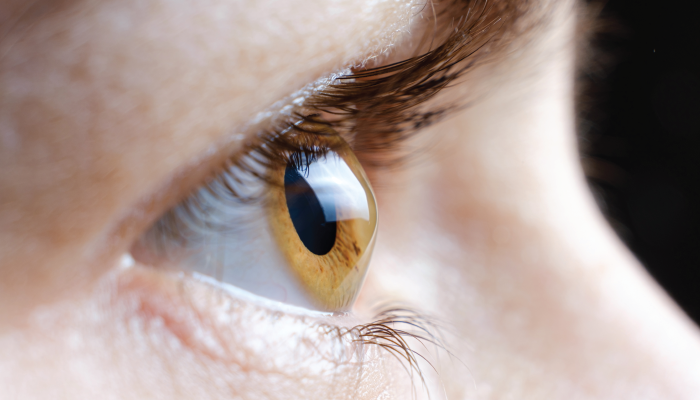
Credit: AdobeStock.com
Traditional approaches to treating keratoconus offer limited improvement for patients, especially those in the mid to late stages of the condition. Such patients often face progressive vision loss, with few viable options open to them. In particular, addressing corneal irregularities on the posterior surface and anterior has been a major hurdle. Surgeons have been largely limited to corneal transplants to manage these posterior irregularities, but this solution comes with higher risks and longer recovery times.
As an ophthalmologist focused on improving outcomes for keratoconic patients, I have spent years in clinical research and practice developing and refining new techniques. Given the limits of traditional methods, I saw the need for an additional tool for the effective treatment of keratoconus. This led me to create the “Ghabra Technique” – an innovative approach that uses a XENIA intracorneal implant, creating safely located, deep corneal pockets to address and reduce irregularities in the posterior and anterior corneal surface.
The development of the Ghabra Technique began with a cohort of five patients. Initially, we created a deep stromal pocket using manual deep stromal delamination. This allowed for effective pocket creation and was safe, but it proved to be time-consuming and required a high degree of precision. However, the initial results were promising, and provided a foundation for further refinement.
To streamline the pocket creation process and improve user-friendliness, we transitioned to a custom-made femtosecond laser, which has since become the preferred method for pocket creation. The laser allows for precise depth variation tailored to each patient's specific corneal dimensions and degree of keratoconus, and enhances the overall effectiveness of the procedure.
Addressing the posterior corneal irregularities is essential to completing the overall treatment picture for keratoconus. While topo-guided laser correction and corneal cross-linking effectively address the anterior surface, the posterior surface’s irregularities remained a challenge until now. The Ghabra Technique provides a method to treat these posterior irregularities, offering a more comprehensive approach to keratoconus management.
We created a deep intrastromal corneal pocket, which in this case was filled with a XENIA implant. The corneal pocket allows for precise placement of the implant, which is designed to integrate seamlessly with the corneal tissue. By targeting the posterior corneal surface, the technique helps to flatten the irregular bulging characteristic of keratoconus, leading to a more regular and stable corneal shape.
Notably, the use of the XENIA implant in conjunction with the Ghabra Technique has shown an average drop in Kmax (maximal keratometry) of 15 dioptres. This significant reduction in corneal curvature indicates a substantial improvement in the corneal shape and visual acuity of patients. The implant not only addresses the immediate structural issues, but also provides long-term benefits. Patients have shown significant improvements in visual acuity and corneal stability, reducing the need for more invasive procedures such as corneal transplants.
The implant's biocompatible properties minimize the risk of rejection and inflammation, promoting better patient outcomes and quicker recovery times. It also offers flexibility in treatment, as the implant can be tailored to meet the specific needs of each patient, providing a customized solution to a complex condition.
The continuous development of novel techniques will be crucial in managing keratoconus in the future. The Ghabra Technique shows the importance of addressing previously difficult-to-treat areas of the cornea and opens up new possibilities for treatment. It provides a novel approach to treating keratoconus by focusing on the posterior cornea, while also providing a potential platform for the enhancement of anterior cornea keratoconic therapies.
The Ghabra Technique is off to a promising start, and it will continue to be adapted to further meet the needs of a range of keratoconic patients.
